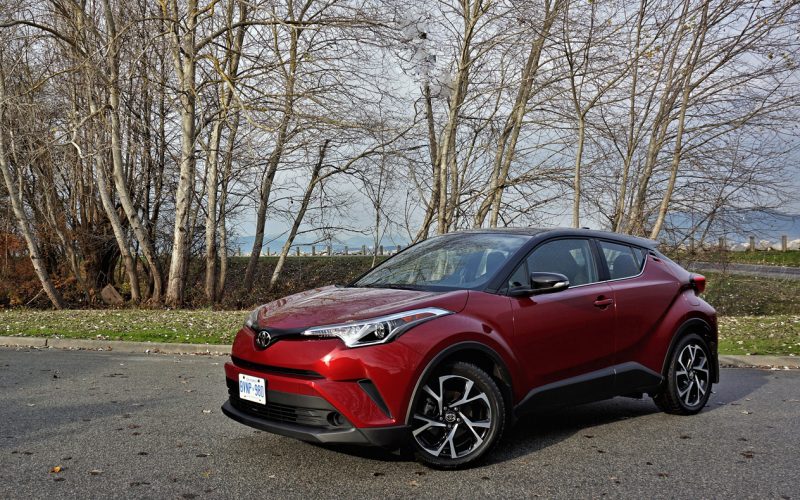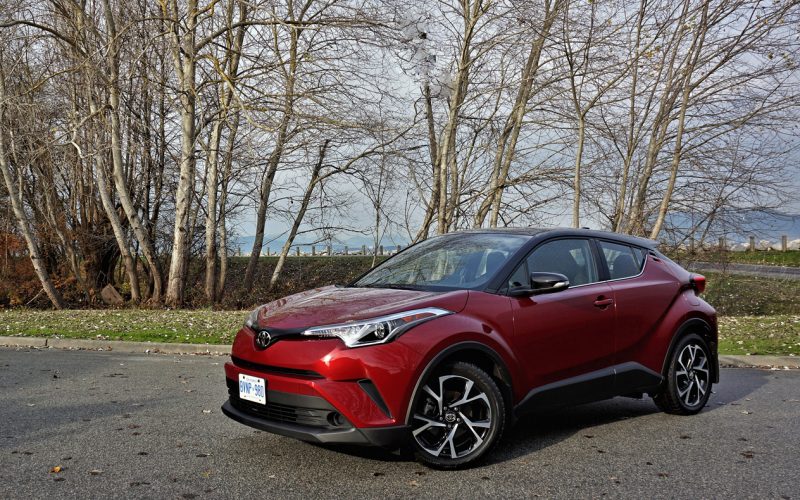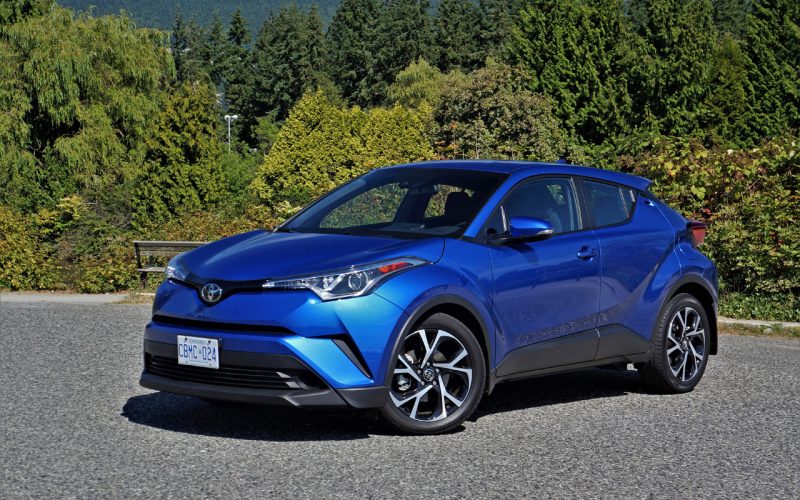
Reading Time: 10 minutesBack in January of 2014 at the North American International Auto Show in Detroit while introducing

Reading Time: 6 minutesMost everyone expected Toyota to enter the subcompact SUV segment at some point, but showing up

Reading Time: 14 minutesEver feel like you’re in a fishbowl? Drive a new Toyota C-HR in Radiant Green Mica
© 2025 The Car Magazine. All Rights Reserved, Privacy Policy | Terms of Use